LEARN ZIG ZAG IN 3 MINUTES – BLOCKCHAIN 101
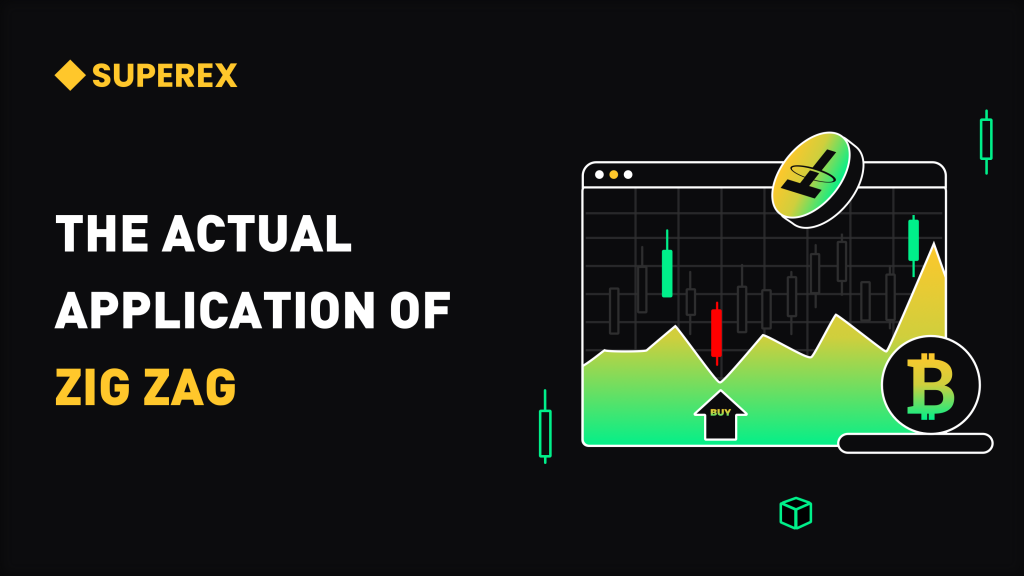
The Zig Zag indicator is a highly useful tool in technical analysis, helping traders filter out irrelevant market noise and focus on meaningful price movements. Unlike other technical indicators, the Zig Zag indicator doesn’t predict future prices; instead, it reviews past movements to identify major trends and key support and resistance levels. In this article, I will walk you through the functions of the Zig Zag indicator, how to use it, and how to combine it with other indicators for better trading decisions.
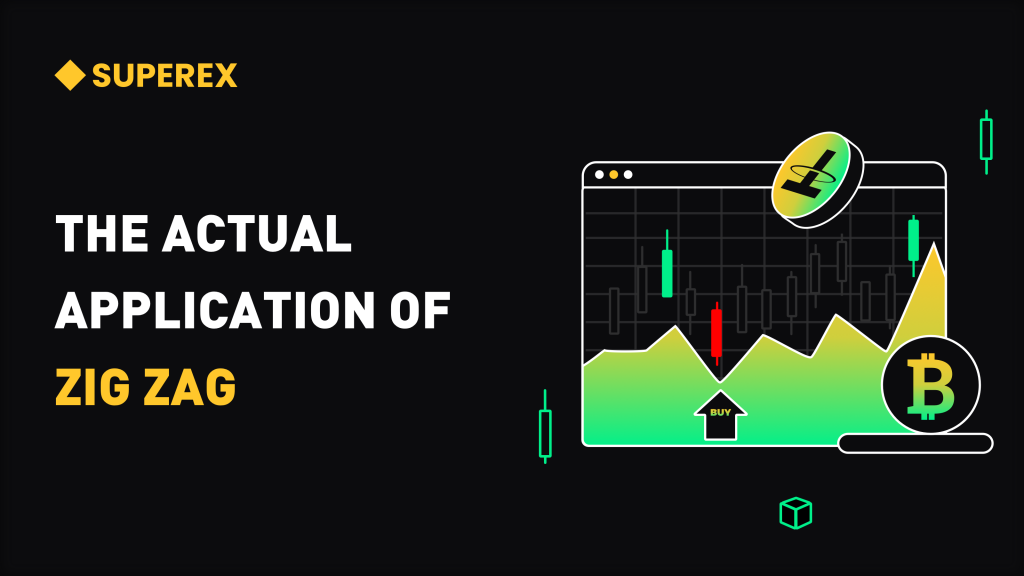
Concepts and Principles of Zig Zag Indicators
The Zig Zag indicator is a trend-following tool used to smooth out price movements and eliminate minor fluctuations in the market. By connecting significant highs and lows, it filters out price movements that are smaller than a predefined percentage, helping traders focus on meaningful trend changes. Since the Zig Zag indicator tracks only significant market moves, it’s an excellent tool for identifying key trends and potential reversal points.
The core principle of Zig Zag is that it only plots lines when price changes reach a specified percentage, typically 5% or more. As a result, small price movements are ignored, and the Zig Zag line shows only larger price changes, making it ideal for analyzing trend reversals or understanding the main market direction.
In simple terms, it allows you to “see” the market’s main movement direction, without being distracted by short-term fluctuations.
How the Zig Zag Indicator Works
The Zig Zag indicator is controlled by two main parameters:
- Percentage Change: Typically set to 5%, meaning the Zig Zag will only draw a new line when the price change is at least 5%.
- Lookback Period: This determines how far back the indicator looks when calculating peaks and troughs.
When the price moves by the set percentage, the Zig Zag plots a new line. These lines help traders focus on significant market movements and filter out irrelevant small fluctuations.
Key Functions of the Zig Zag Indicator
- Trend Identification: The Zig Zag indicator helps to clearly identify the market’s primary trend by filtering out smaller movements. This is particularly useful in volatile markets.
- Support and Resistance Levels: The Zig Zag indicator helps pinpoint important highs and lows, which often act as future support or resistance levels.
- Reversal Points: By focusing on significant price changes, the Zig Zag indicator can effectively highlight potential reversal points in the market.
Advantages of the Zig Zag Indicator
- Noise Filtering: The Zig Zag indicator filters out minor market noise and highlights only significant price movements, making it ideal for long-term trend analysis.
- Trend Confirmation: The Zig Zag lines clearly show market trends, helping traders confirm the direction of the market.
- Wide Applicability: The Zig Zag can be used across various markets, including stocks, forex, commodities, and cryptocurrencies, to help analyze price trends.
Cons of the Zig Zag Indicator
- The indicator lags behind price movements, meaning it can only draw based on past events.
- Over-reliance on the Zig Zag indicator may cause traders to miss subtle signals in the market, so it’s best to use it alongside other indicators.
Conclusion
The Zig Zag indicator is a powerful tool in technical analysis, especially useful for identifying key trends and reversal points in the market. While it has its limitations due to its lagging nature, it allows traders to filter out short-term noise and focus on the overall market trend. For optimal use, the Zig Zag indicator should be paired with other technical tools to help traders better seize trading opportunities.


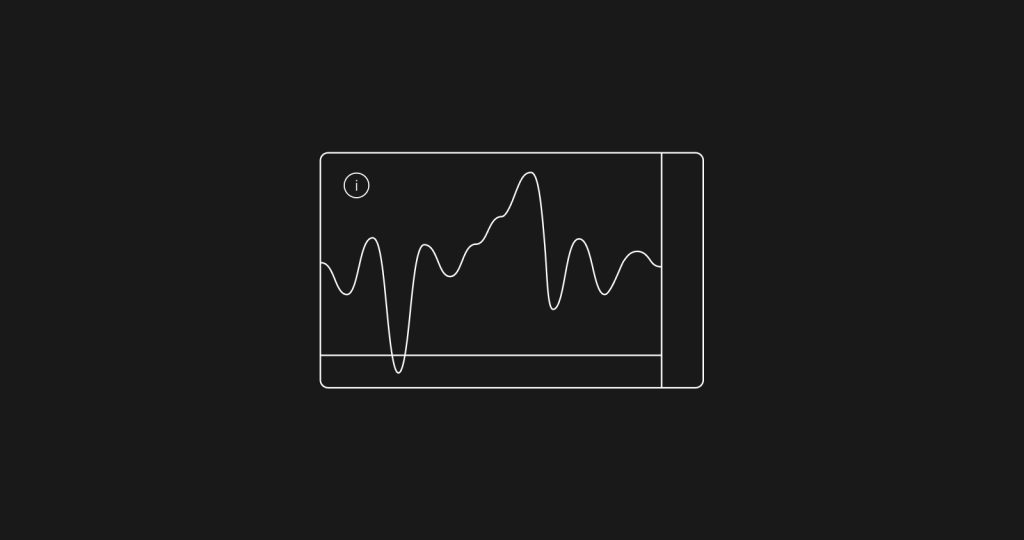
-INDEX-IN-3-MINUTES@2x-1024x576-4.png)

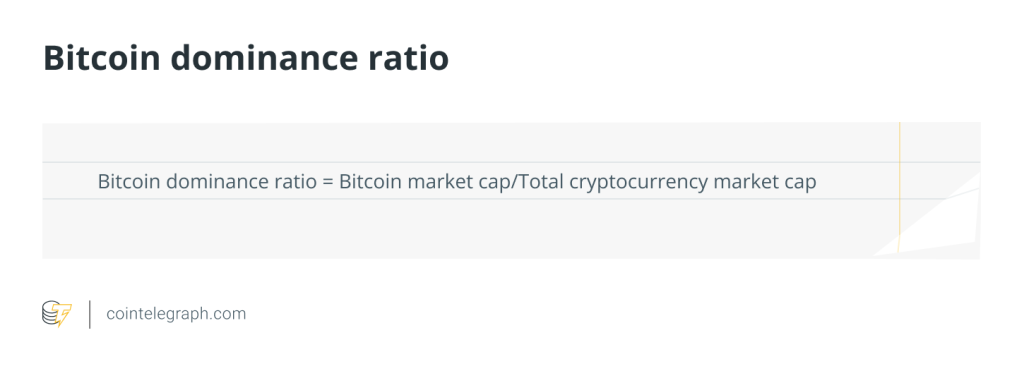
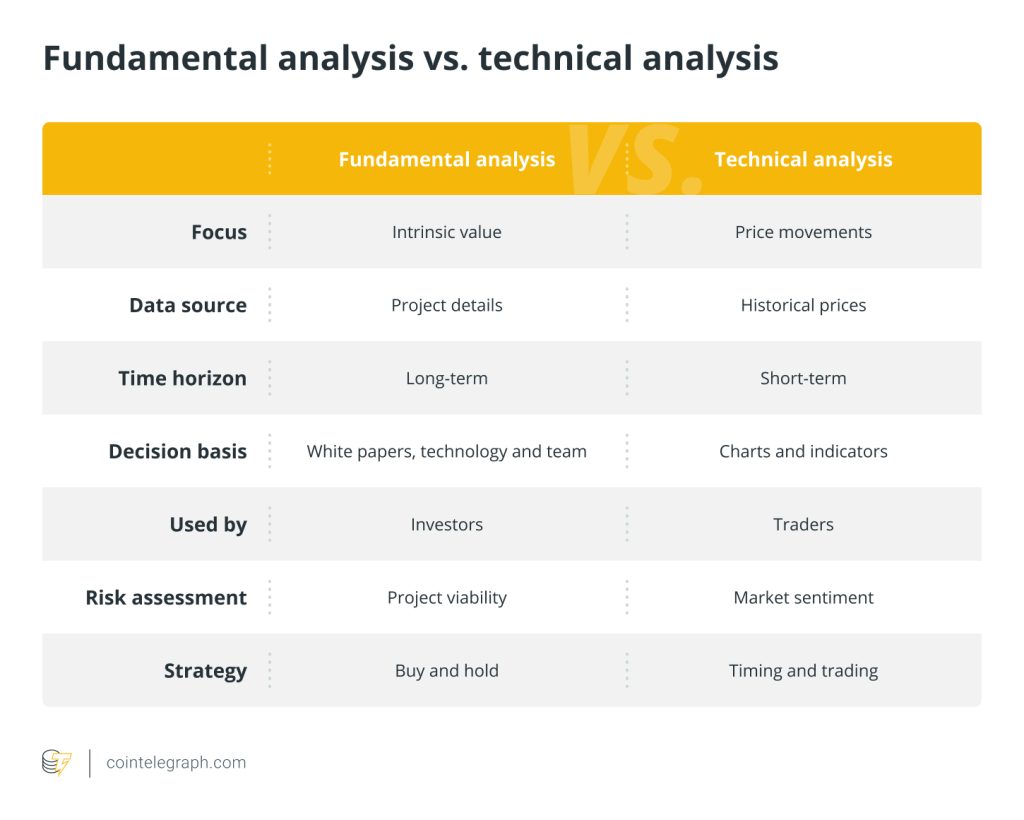
Responses